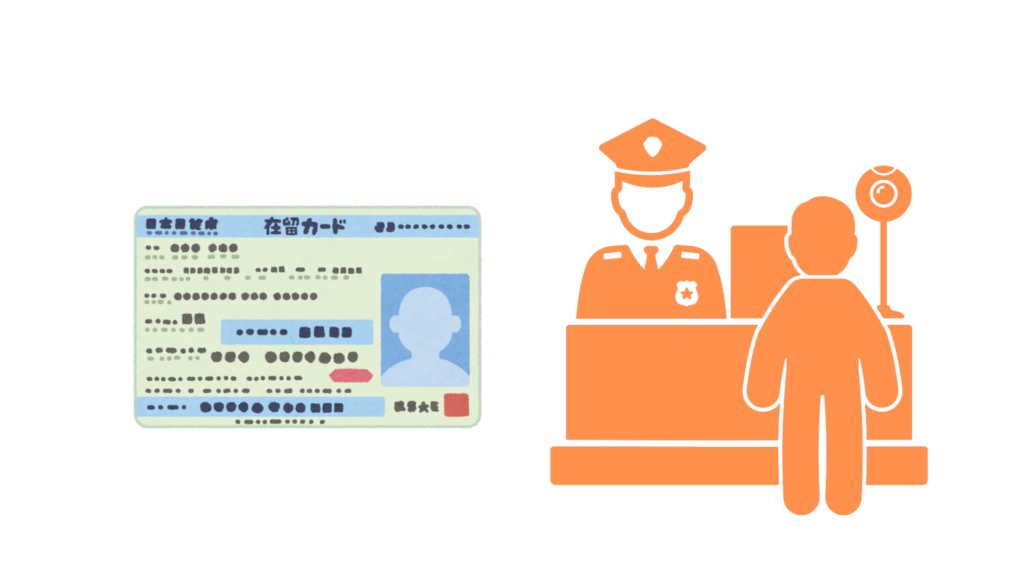Get in touch: hello@1pmcoffee.com
10 Ultimate Steps for First-timers to Feel at Home in Japan Instantly

Table Of Contents
- Introduction
- 1. Handling Immigration and Customs
- 2. Getting Connected: SIM Cards and Wi-Fi
- 3. Transportation: Navigating Your Way
- 4. Finding Accommodation
- 5. Registering at the Local Ward Office
- 6. Setting Up a Bank Account
- 7. Getting a Mobile Phone Plan
- 8. Exploring Essential Apps
- 9. Adapting to Japanese Etiquette and Culture
- 10. Finding Community and Support
- Wrapping It Up
So, first-time in Japan, huh? Welcome to one of the most fascinating and vibrant countries in the world! Whether you’re here for work, study, or just a new adventure, there are a few things you need to take care of right after you arrive so that you feel right at home instantly. Let’s walk through what you should do, step by step, to ensure your transition is as smooth and enjoyable as possible.
If you’re a student planning to study in Japan, be sure to check out my admission consultations to help you get started!
1. Handling Immigration and Customs for the First-Time

Immigration Process
After you land, your first stop will be immigration. Make sure you have all the necessary documents ready: your passport, visa, and the completed arrival card. If you’re staying long-term, you’ll receive a residence card (zairyū card) right at the airport. This card is crucial for your stay in Japan, so keep it safe.
If you’re here to study, I can guide you through the entire admission process for Japanese universities, including developing a strong research plan.
Customs Declaration
Next, head to customs. You’ll need to declare any items over the duty-free allowance and complete the customs declaration form. Japan is very strict about bringing in certain items like fresh produce, so make sure you’re aware of the restrictions.
Getting Connected: SIM Cards and Wi-Fi
SIM Cards
One of the first things you’ll want is a reliable internet connection. You can purchase a prepaid SIM card right at the airport. Providers like Y-Mobile and NTT Docomo offer various plans that include data, calls, and texts. Having a local SIM card will make navigating and communicating much easier.
Pocket Wi-Fi
Alternatively, consider renting a pocket Wi-Fi device. These are portable hotspots that provide internet access wherever you go. Companies like Japan Wireless and Sakura Mobile offer convenient rental services right at the airport, and you can return the device before you leave Japan.
3. Transportation: Navigating Your Way

Airport Transfers
Depending on where you’re heading, you have several options for airport transfers. The Narita Express (N’EX) and the Keisei Skyliner are popular choices for getting from Narita Airport to central Tokyo. For Kansai Airport, the JR Haruka Express is a good option. These trains are fast, comfortable, and reasonably priced.
IC Cards
To make traveling around cities easier, get an IC card like Suica or Pasmo. These rechargeable smart cards can be used on trains, buses, and even in some shops. You can buy and top-up these cards at any major train station.
4. Finding Accommodation

Short-Term Stay
If you haven’t arranged long-term accommodation yet, consider booking a short-term stay through platforms like Airbnb or Booking.com. Capsule hotels and business hotels are also convenient and affordable options for a few nights.
Long-Term Accommodation
For long-term housing, websites like GaijinPot Apartments and Suumo are very helpful. They cater to foreigners and have listings in English. Alternatively, you can contact a real estate agent who specializes in helping expatriates. Tokyo and Osaka have plenty of options, from traditional Japanese apartments to modern high-rises.
5. Registering at the Local Ward Office
Residence Registration
Within 14 days of moving into your new place, you need to register your address at the local ward office (kuyakusho). Bring your residence card, passport, and the address details. The staff will help you fill out the necessary forms, and you’ll receive an official document confirming your address.
National Health Insurance
While you’re at the ward office, you should also enroll in the National Health Insurance (NHI) program. This is mandatory for all residents in Japan and provides significant coverage for medical expenses. The cost is based on your income, and it’s highly affordable compared to many other countries.
6. Setting Up a Bank Account

Choosing a Bank
Opening a bank account in Japan can be a bit daunting due to the language barrier, but banks like Shinsei Bank and Japan Post Bank offer services in English and cater to foreigners. Bring your residence card, passport, and proof of address when you go to open an account.
For international students, managing your finances while studying is essential. You can learn more about scholarship opportunities beyond MEXT on my blog.
Online Banking
Once your account is set up, download the bank’s mobile app. This will make managing your finances much easier. Japanese banks also offer online banking services, which are a convenient way to handle transactions, pay bills, and transfer money.
7. Getting a Mobile Phone Plan
Mobile Carriers
Japan has several major mobile carriers like SoftBank, AU, and NTT Docomo. Each offers a variety of plans. If you need a long-term contract, visit one of their stores with your residence card, passport, and bank details.
If you’re new to Japan and still preparing to apply to universities, don’t miss my guide on how to apply to Japanese universities.
Alternative Providers
For more flexibility, consider using MVNOs (Mobile Virtual Network Operators) like Rakuten Mobile and IIJmio. These providers often offer cheaper plans and don’t require long-term contracts.
8. Exploring Essential Apps
Navigation and Transportation
Download apps like Google Maps, Japan Transit Planner, and HyperDia to navigate Japan’s complex transportation system. These apps provide real-time updates on train schedules and routes, making travel much easier.
If you’re a student, check out my blog on mastering the EJU exam. It’s a must-read for anyone preparing to take this essential exam!
Communication
Line is the most popular messaging app in Japan. It’s used for everything from chatting with friends to making restaurant reservations. Download it and set up an account as soon as possible.
Shopping and Services
Rakuten and Amazon Japan are great for online shopping. Additionally, use apps like Mercari for buying and selling second-hand items. For food delivery, Uber Eats and Demae-can are popular choices.
9. Adapting to Japanese Etiquette and Culture

Basic Etiquette
Understanding and respecting local customs will help you integrate smoothly. Bowing is a common greeting, shoes should be removed when entering homes, and it’s important to be punctual. Politeness and respect are highly valued in Japanese society.
New to the Japanese workplace or part-time job market? Take a look at my guide on work opportunities for international students to get a head start!
Language Learning
Even basic Japanese can go a long way. Apps like Duolingo and Rosetta Stone can help you get started. Many local community centers also offer free or low-cost Japanese classes for foreigners.
10. Finding Community and Support
Expat Groups
Joining expat groups on social media platforms like Facebook can be incredibly helpful. Groups like “Tokyo Expat Network” or “Osaka Foreigners” offer advice, social events, and support networks.
Cultural Exchange Programs
Look for cultural exchange programs and language exchange meetups. These are great ways to meet locals, practice your Japanese, and learn more about Japanese culture. Local international centers often organize these events.
If you need further help navigating life in Japan or developing a solid research plan for your graduate application, feel free to reach out to me. I also share useful tips on my YouTube channel to help you make the most out of your time in Japan.
Wrapping It Up
Living in Japan is a unique and enriching experience, filled with new challenges and adventures. By taking care of these essential steps after you land, you’ll set yourself up for a smooth transition and a successful stay. From navigating the intricate transportation system to immersing yourself in the rich cultural tapestry, each day will bring something new and exciting.
For more detailed guides on everything from scholarships for Indian students to top Japanese universities, head over to my blog. You can also reach out to me for personalized assistance on your journey to studying in Japan!
Welcome to Japan! Enjoy your journey and embrace everything this amazing country has to offer. If you need any more tips or have specific questions, feel free to reach out. Enjoy your new adventure!




